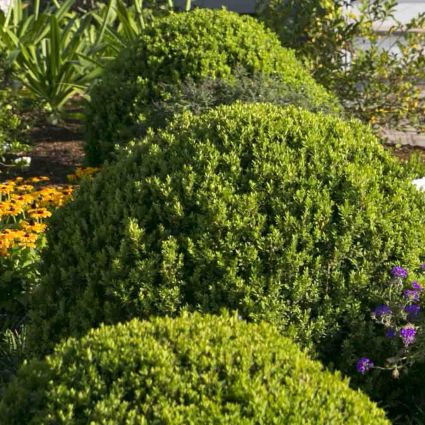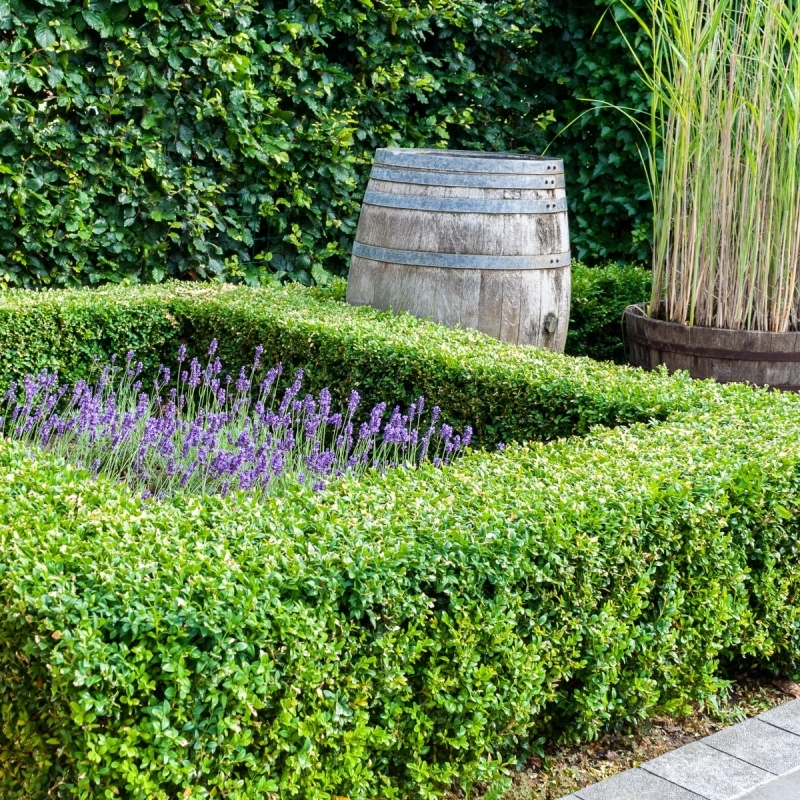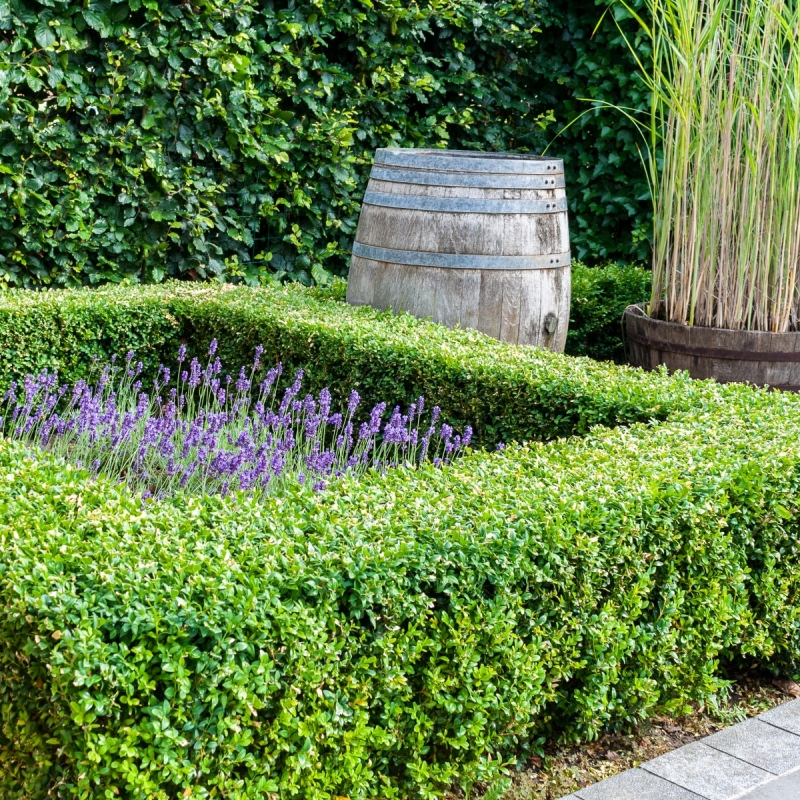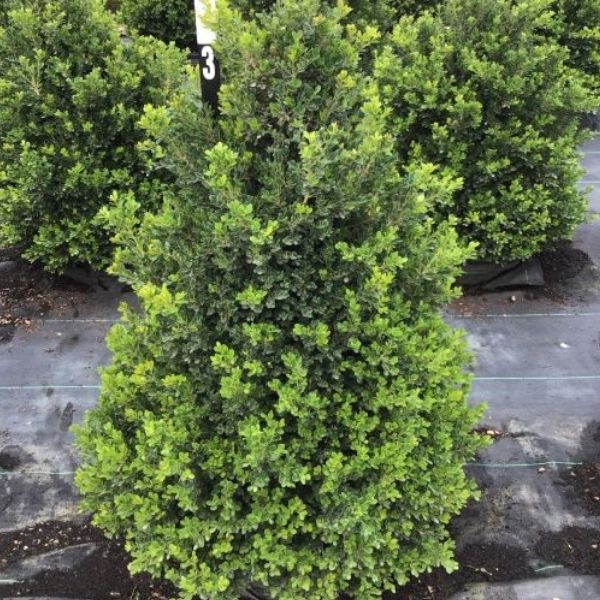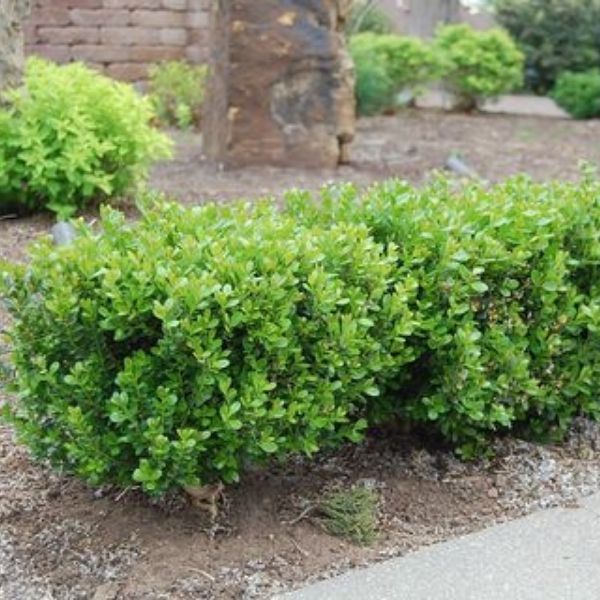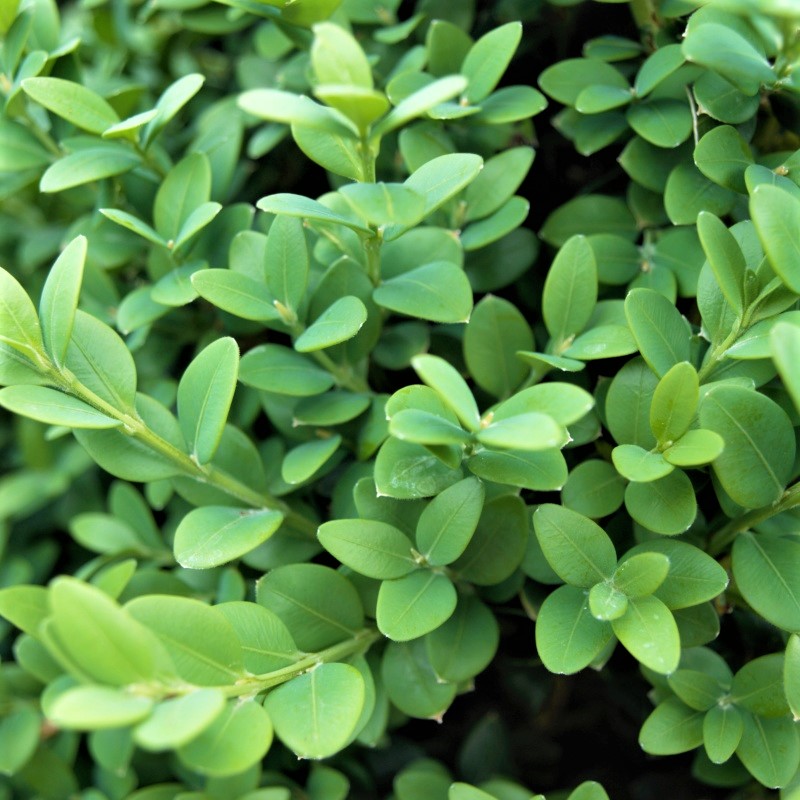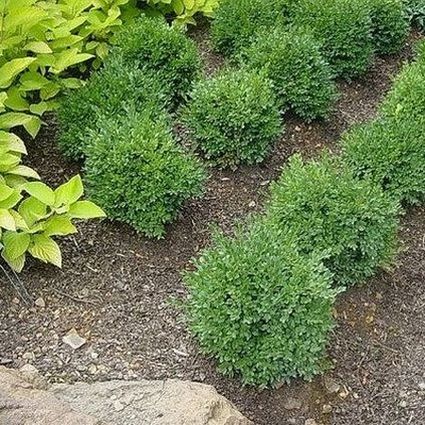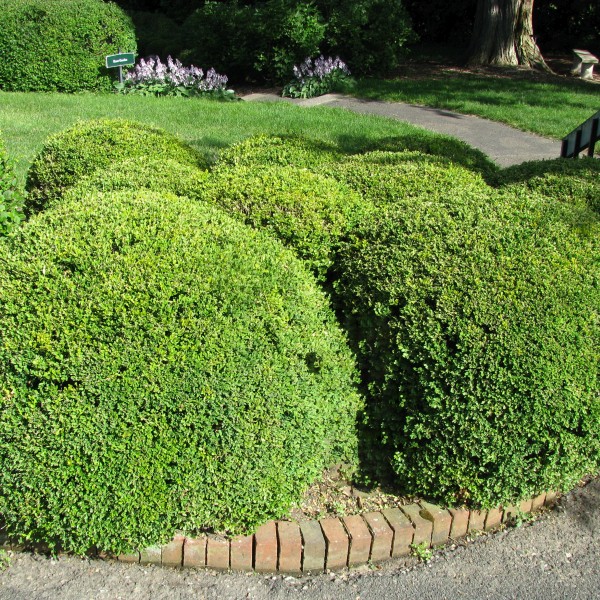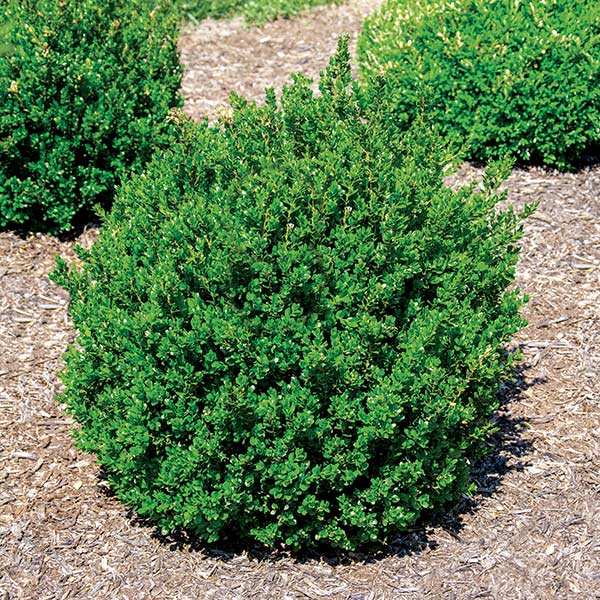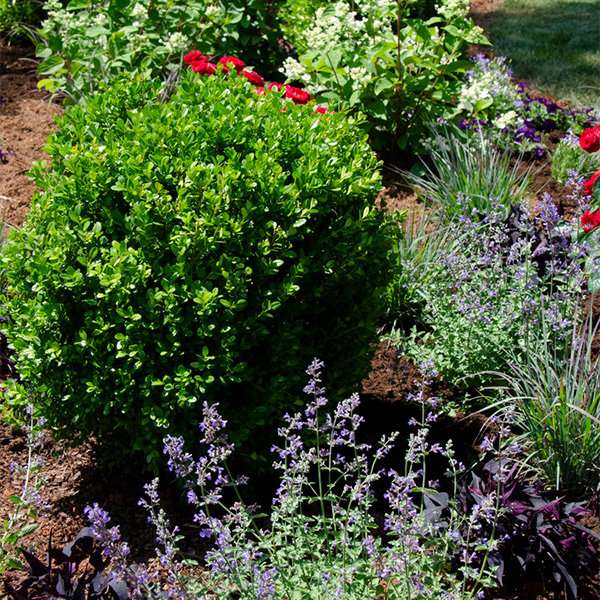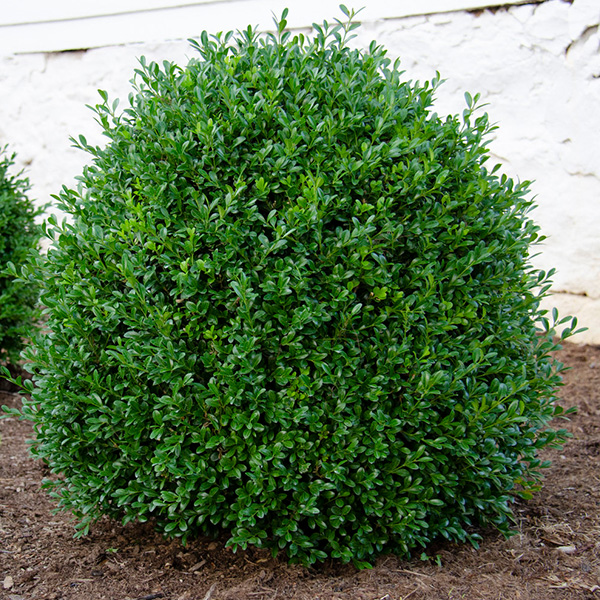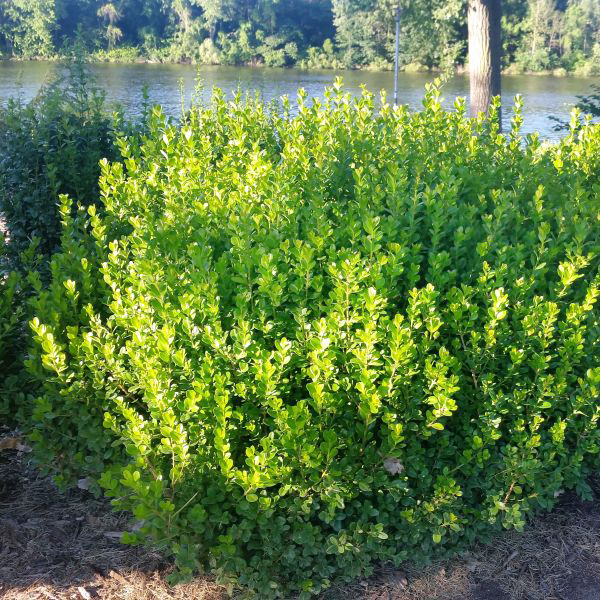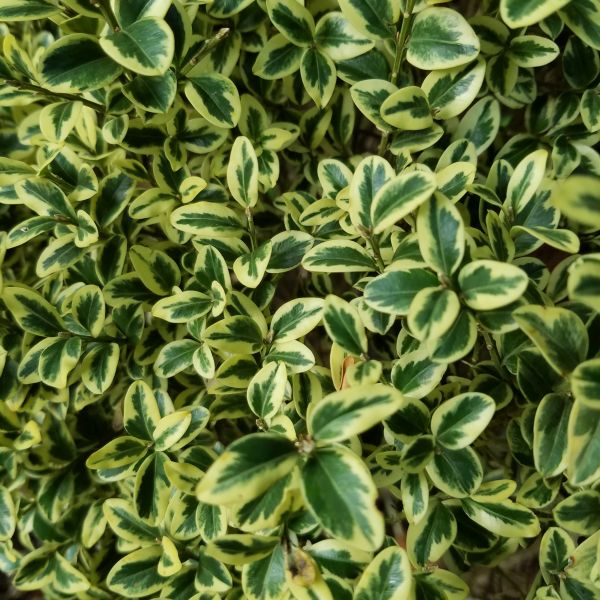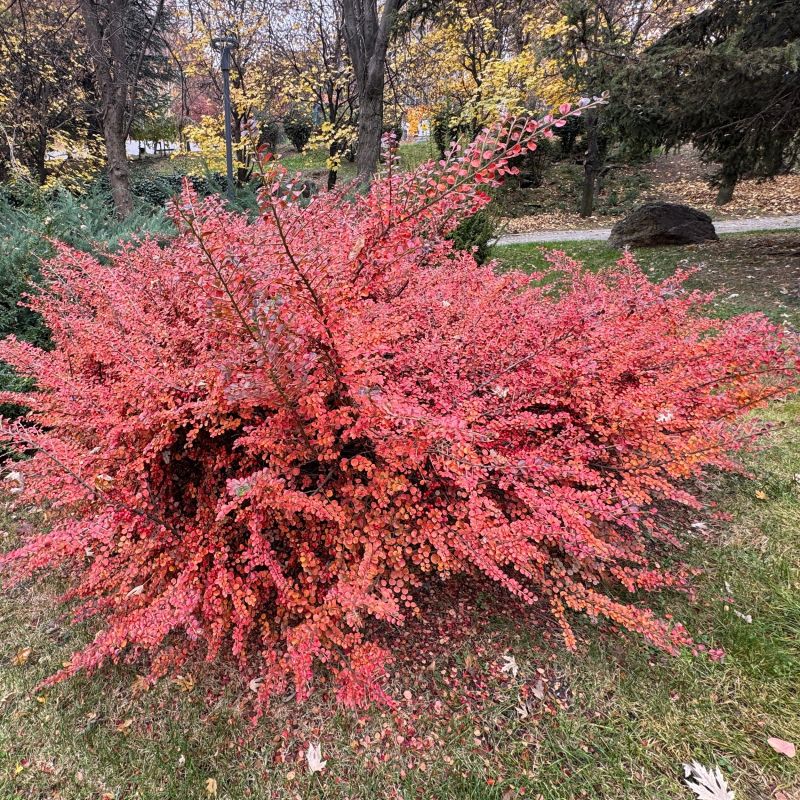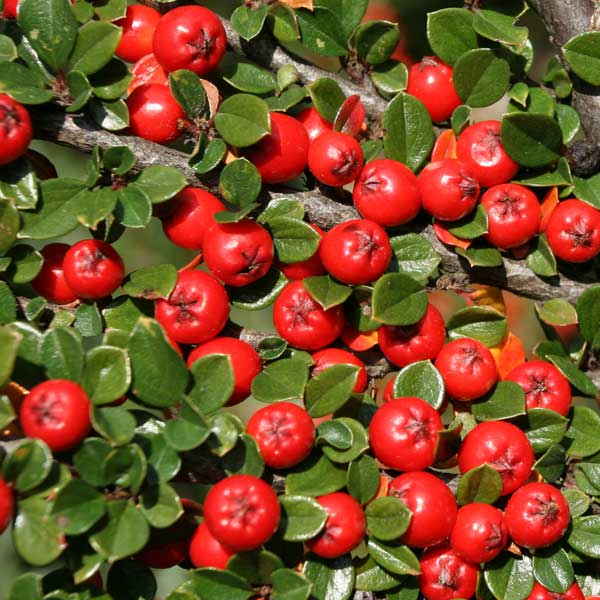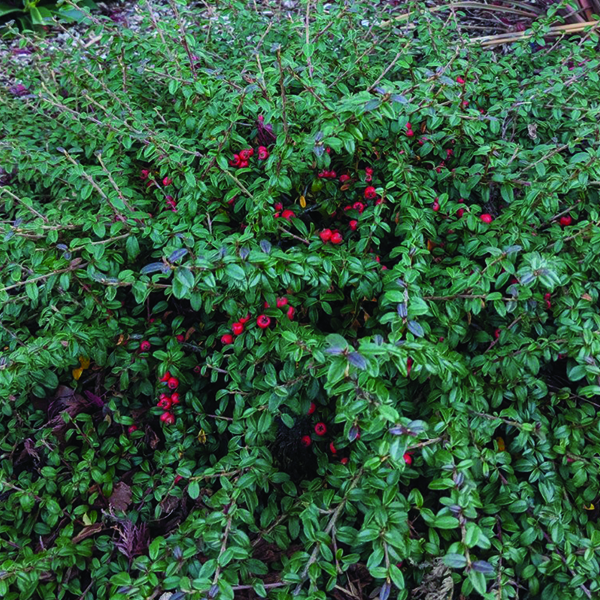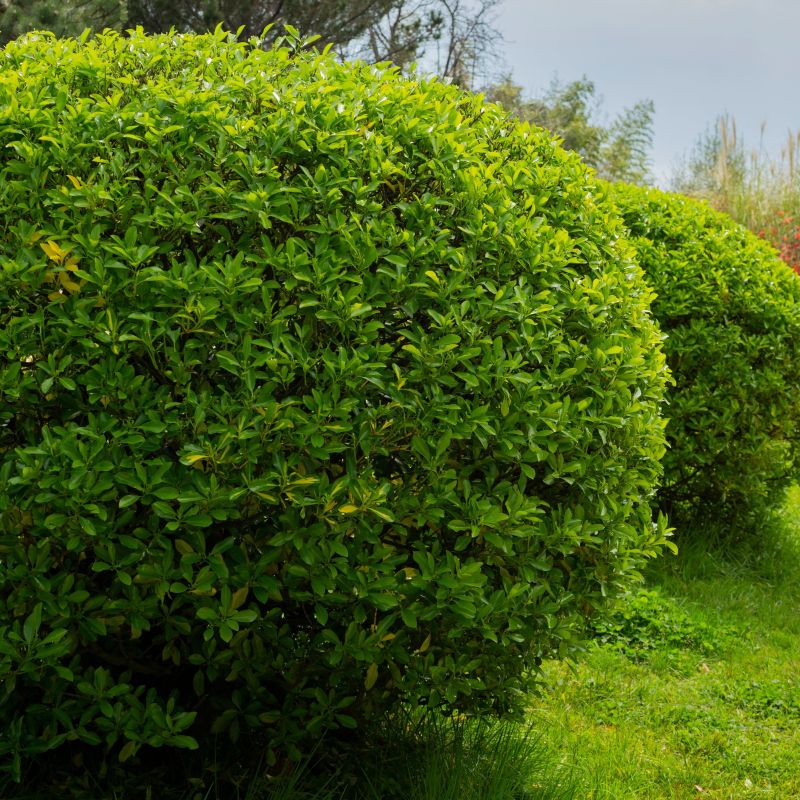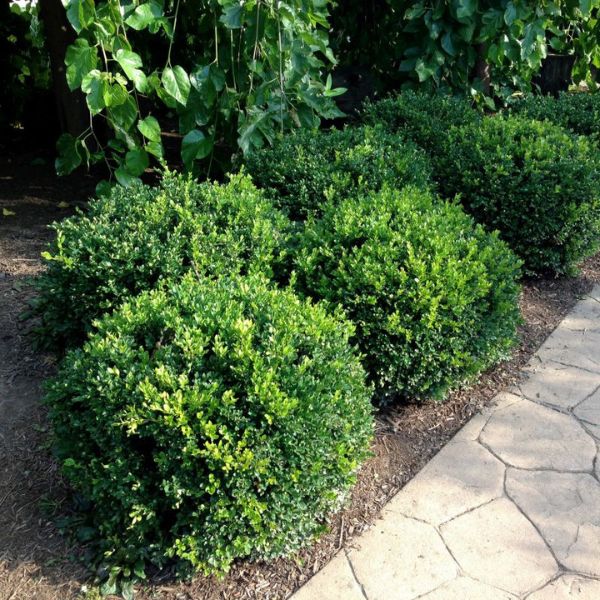
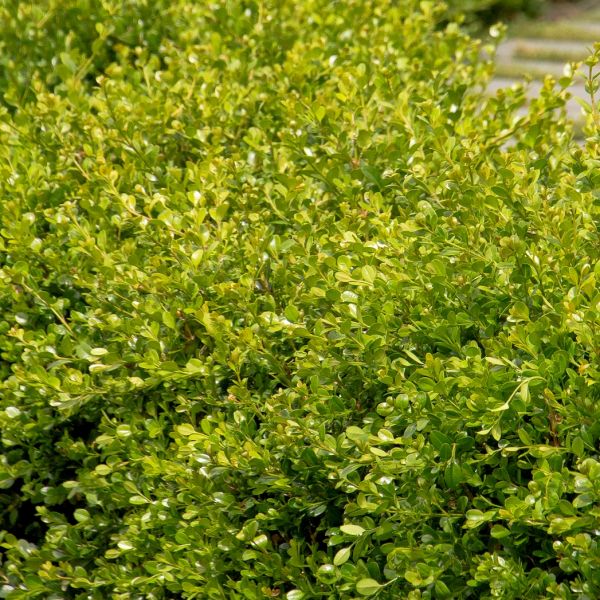
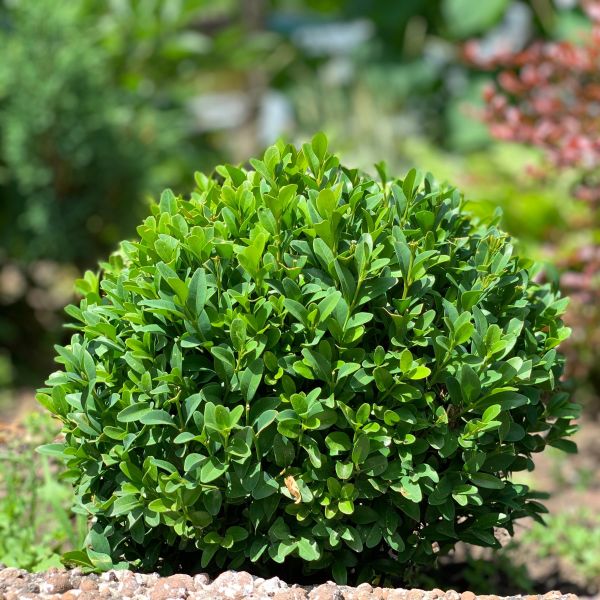
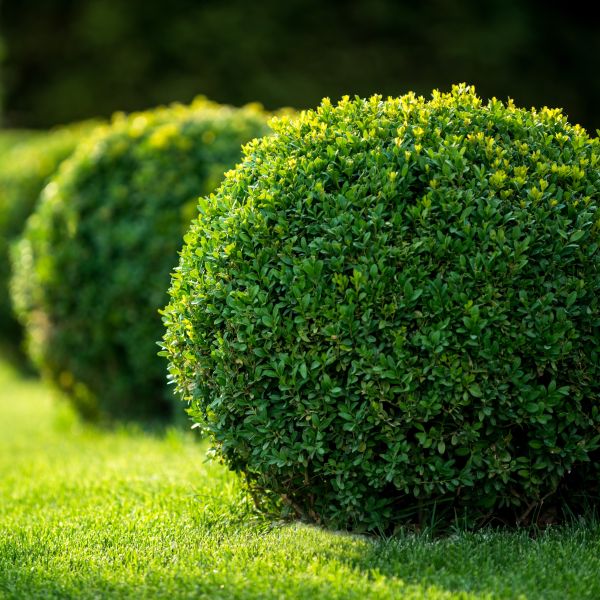
Winter Gem Boxwood
Buxus microphylla var. japonica 'Winter Gem'
19 reviews
Winter Gem Boxwood
Buxus microphylla var. japonica 'Winter Gem'
19 reviews
- Dense, compact growth habit ideal for hedges and borders
- Evergreen foliage provides year-round interest and screening
- Tolerant of pruning and shaping for a tailored look
- Recommended by landscape designers for optimal fit in real yards
$90.00
$129.00
30% Off
- Ships to 43215 in 3 to 7 days
- Free Shipping Over $150
- Plant Arrival Guarantee
- In Stock
- Free Plant Consult
$200 - Landscape-Approved: Every Plant We Sell Comes With Design Expertise Behind It
- 2.5 Gallon
- 1 Gallon
- 3.5 Gallon
Not just beautiful - intentionally selected by ShrubHub's 3D landscape design team to fit real-world spaces and maximize yard potential.
Why Winter Gem Boxwood?
Winter Gem Boxwood (Buxus microphylla japonica 'Winter Gem') is a popular choice for gardens and landscapes for several reasons. Firstly, it is a hardy evergreen shrub that maintains its vibrant green foliage even during the winter months. It has a dense, compact growth habit that can be easily pruned and shaped. Additionally, it is resistant to pests and diseases, making it a low-maintenance option for adding structure and visual interest to outdoor spaces.
People who loved this plant also bought
Sunlight
Winter Gem Boxwood prefers full sun to partial shade. It can tolerate some shade, but for optimal growth and health, it should receive at least 4-6 hours of direct sunlight per day.
Watering
The Winter Gem Boxwood has a moderate watering requirement. It prefers consistently moist soil but can tolerate short dry periods once established. Water deeply and regularly, allowing the top few inches of soil to dry out between waterings.
Fertilizing
Winter Gem Boxwoods prefer a balanced slow-release fertilizer applied in early spring and early fall. The recommended dosage is typically ½ to 1 pound per 100 square feet. It's important to follow the specific instructions on the fertilizer packagin
Winter Gem Boxwood (Buxus microphylla japonica 'Winter Gem')
The Winter Gem Boxwood, scientifically known as Buxus microphylla japonica 'Winter Gem', is a popular evergreen shrub that belongs to the Buxaceae family. It is highly valued for its compact, dense growth and beautiful dark green foliage. This variety of boxwood is particularly well-suited for creating low hedges, borders, and adding structure to garden landscapes.
The Winter Gem Boxwood features small, glossy leaves that are oval-shaped, with a smooth texture. These leaves take on a rich, emerald green color during the warmer months, providing an attractive backdrop for other flowering plants or ornamental features in the garden. As the name suggests, this boxwood cultivar maintains its lush green foliage throughout the winter, offering year-round visual interest and maintaining privacy in outdoor spaces.
With a moderate growth rate, the Winter Gem Boxwood typically reaches a height and width of 3 to 4 feet at maturity, making it an ideal choice for smaller gardens or confined spaces. Its compact size also makes it easier to shape and maintain, allowing gardeners to achieve precise geometrical shapes or natural-looking forms with little effort.
Besides its aesthetic appeal, the Winter Gem Boxwood is highly regarded for its adaptability to a range of soil types, including sandy or clay soils, as long as they are well-draining. It thrives in full to partial sun exposure, although it can tolerate some shade. Additionally, this variety exhibits good resistance to many common boxwood diseases and pests, adding to its overall resilience.
When it comes to care, the Winter Gem Boxwood appreciates regular watering, especially during dry periods, to ensure healthy growth and prevent stress. Mulching around the base of the plant helps retain moisture and control weeds. Pruning can be done in early spring or late winter to maintain the desired shape and size. It is recommended to fertilize this boxwood variety in early spring, using a slow-release, balanced fertilizer specifically formulated for evergreen shrubs.
Overall, the Winter Gem Boxwood is a versatile, low-maintenance shrub that offers timeless elegance to any landscape. With its lush evergreen foliage and compact size, it serves as an excellent choice for borders, hedges, formal gardens, or as an accent plant in containers. This variety is sure to add a touch of classic beauty to any outdoor space.
Plant Information:
| Botanical Name: | Buxus microphylla var. japonica 'Winter Gem' |
| USDA Zones: | 5 - 9 |
| Water: | Moderate |
| Exposure: | Full Sun |
| Soil Needs: | Widely Adaptable |
| Mature Height: | 2 - 4 feet |
| Mature Spread: | 1 - 3 feet |






Pollination Info
Winter Gem Boxwood (Buxus microphylla japonica 'Winter Gem')
- Pollination: Winter Gem Boxwood is a flowering plant, but it does not require pollination as it reproduces primarily through vegetative propagation (cloning). It does not produce significant amounts of pollen or nectar that would attract pollinators.
- Flowering: Despite being a predominantly non-pollinating species, Winter Gem Boxwood can produce small, pale yellow-green flowers in spring, typically around April or May. However, the flowers are insignificant and are rarely noticed. They are mainly produced for ornamental purposes rather than for attracting pollinators.
- Fruit: After the flowers, Winter Gem Boxwood can sometimes produce small, inconspicuous fruits called capsules. These capsules contain seeds but are generally not considered a significant part of the plant's reproductive strategy. The plant mainly relies on vegetative propagation through cuttings for propagation.
In conclusion, Winter Gem Boxwood does not rely on pollination for reproduction as it primarily reproduces through vegetative propagation. However, it can produce small flowers and fruits, although they are not essential for the plant's reproductive success.
FAQ
Winter Gem Boxwood (Buxus microphylla japonica 'Winter Gem') FAQ
General Information
What is Winter Gem Boxwood?
Winter Gem Boxwood, scientifically known as Buxus microphylla japonica 'Winter Gem', is a compact evergreen shrub popularly used for hedges, borders, and as an accent plant. It is characterized by its dense foliage, dark green leaves, and round or oval shape.
What are the growing requirements for Winter Gem Boxwood?
Winter Gem Boxwood thrives in well-draining soil and prefers full sun to partial shade exposure. It can tolerate a wide range of soil types, including clay and sandy soils. Regular watering is necessary during dry periods, especially in the first year of planting.
Planting and Care
When is the best time to plant Winter Gem Boxwood?
Winter Gem Boxwood can be planted at any time of the year when the ground is not frozen. However, early spring or early fall planting is ideal as it allows the plant to establish its root system before extreme temperatures.
How far apart should I space Winter Gem Boxwood plants?
For hedges or borders, Winter Gem Boxwood plants should be spaced around 2 to 3 feet apart to allow them to grow and fill in. If you're planting individual specimens, space them at least 2 feet apart to give them room to develop their natural shape.
How often should I water Winter Gem Boxwood?
During the first year of planting, it's important to keep the soil consistently moist. Water deeply once or twice a week, depending on weather conditions. Established plants are more tolerant of dry periods but still require regular watering during prolonged droughts.
Does Winter Gem Boxwood require pruning?
Winter Gem Boxwood can benefit from regular pruning to maintain its desired shape and density. It can be pruned in early spring or late winter before new growth begins. Avoid pruning in late summer or fall, as this can stimulate new growth that may be susceptible to winter damage.
Pests and Diseases
What pests commonly affect Winter Gem Boxwood?
Winter Gem Boxwood can be susceptible to pests such as boxwood leafminer, boxwood psyllid, and boxwood mite. Regular inspection, early detection, and appropriate pest control measures can help prevent or manage these issues.
Are there any common diseases that affect Winter Gem Boxwood?
Winter Gem Boxwood is prone to diseases like boxwood blight, which is a fungal infection that can cause severe damage. Other diseases include Volutella blight and root rot. Proper cultural practices, such as avoiding overhead watering and providing adequate air circulation, can help prevent these diseases.
How can I protect my Winter Gem Boxwood from pests and diseases?
Regularly inspect your plants for signs of pests and diseases. If detected, consult with a local garden center or professional for suitable treatment options. Maintaining good plant hygiene, proper watering, and avoiding over-fertilizing can also improve the plant's resistance to pests and diseases.
Planting & Care
Planting & Care for Winter Gem Boxwood
Planting
- Location: Winter Gem Boxwood prefers partial shade to full sun. Choose a location that provides well-drained soil.
- Soil Preparation: Before planting, amend the soil with organic matter such as compost or aged manure to improve drainage and fertility.
- Planting Time: It is best to plant Winter Gem Boxwood in early spring or fall when the weather is cooler.
- Planting Process:
- Dig a hole that is two times wider and slightly deeper than the root ball of the plant.
- Gently remove the Winter Gem Boxwood from the container and loosen the roots if they are tightly packed.
- Place the plant in the hole and ensure that the top of the root ball is level with the soil surface.
- Backfill the hole with soil and press it lightly to eliminate air pockets.
- Water thoroughly after planting.
Care
- Watering: Keep the soil consistently moist, but avoid overwatering. Winter Gem Boxwood is drought-tolerant once established.
- Fertilization: Apply a balanced slow-release fertilizer in early spring or use a liquid fertilizer monthly during the growing season.
- Pruning: Prune Winter Gem Boxwood in late winter or early spring to maintain the desired shape. Remove any dead or damaged branches.
- Pest Control: Inspect the plant regularly for pests such as aphids, mites, or scale insects. Treat accordingly with appropriate insecticides or natural remedies.
- Disease Prevention: Provide good air circulation around the plant to prevent fungal diseases. Avoid overhead watering.
- Winter Protection: Apply a layer of mulch around the base of the plant in late fall to insulate the roots during winter.
Check Out These Verified Customer Reviews:
Customer Reviews
4.6 out of 5 based on 19 reviews
Thank you! Your review has been submitted.
High quality Winter Gem Boxwood
The shipment of Winter Gem Boxwoods was quick, and they were well-protected during transit.
Fast and secure shipment
Item has been added to your cart.



